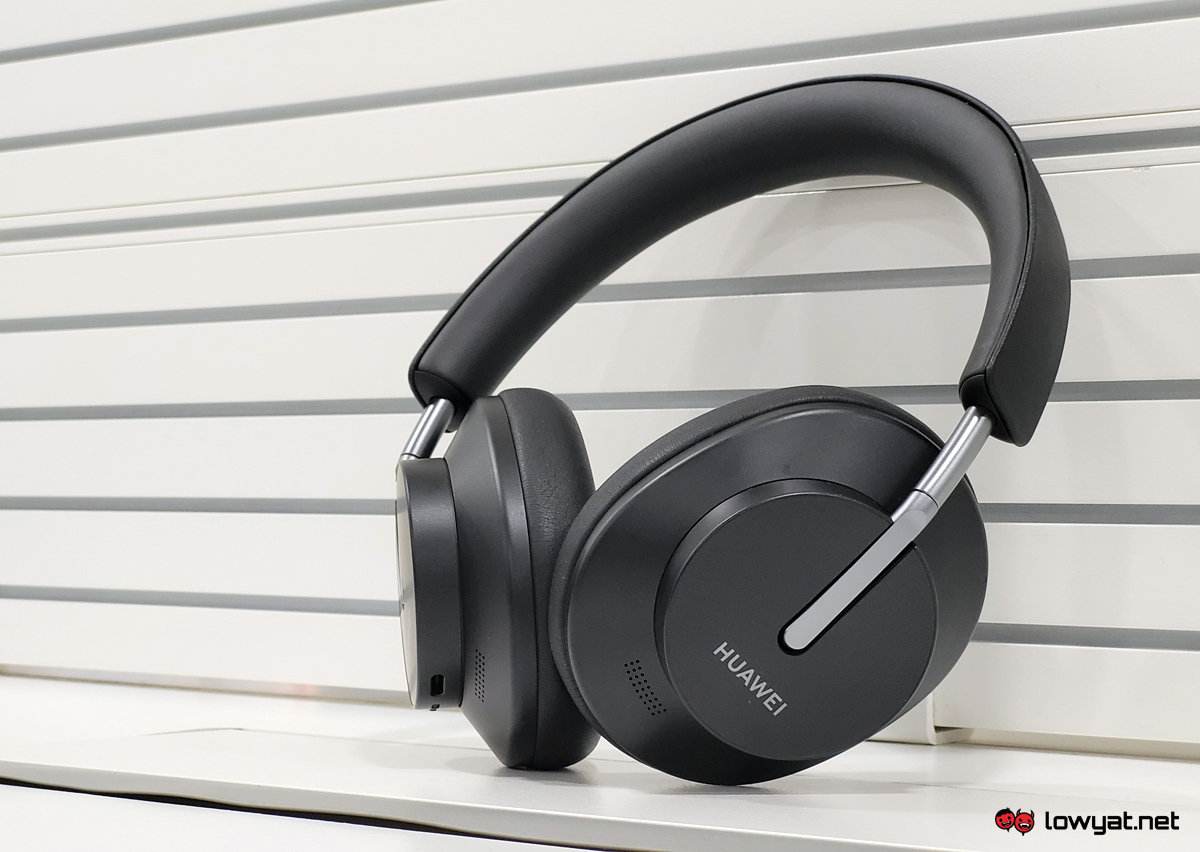Huawei introduced us to the new FreeBuds Studio back in October, alongside the unveiling of its Mate 40 series flagship smartphones. Worth noting is that this product is the company’s first over-ear wireless headphones, equipped with active noise cancellation (ANC) technology.
Shortly before its launch, Huawei has provided us the opportunity to fully test out the FreeBuds Studio by providing us a review unit. With plenty of competition in the market right now especially from established audio brands such as Sony and Sennheiser, how does the Chinese brand’s first foray in wireless headphones fare out?
What Is It?
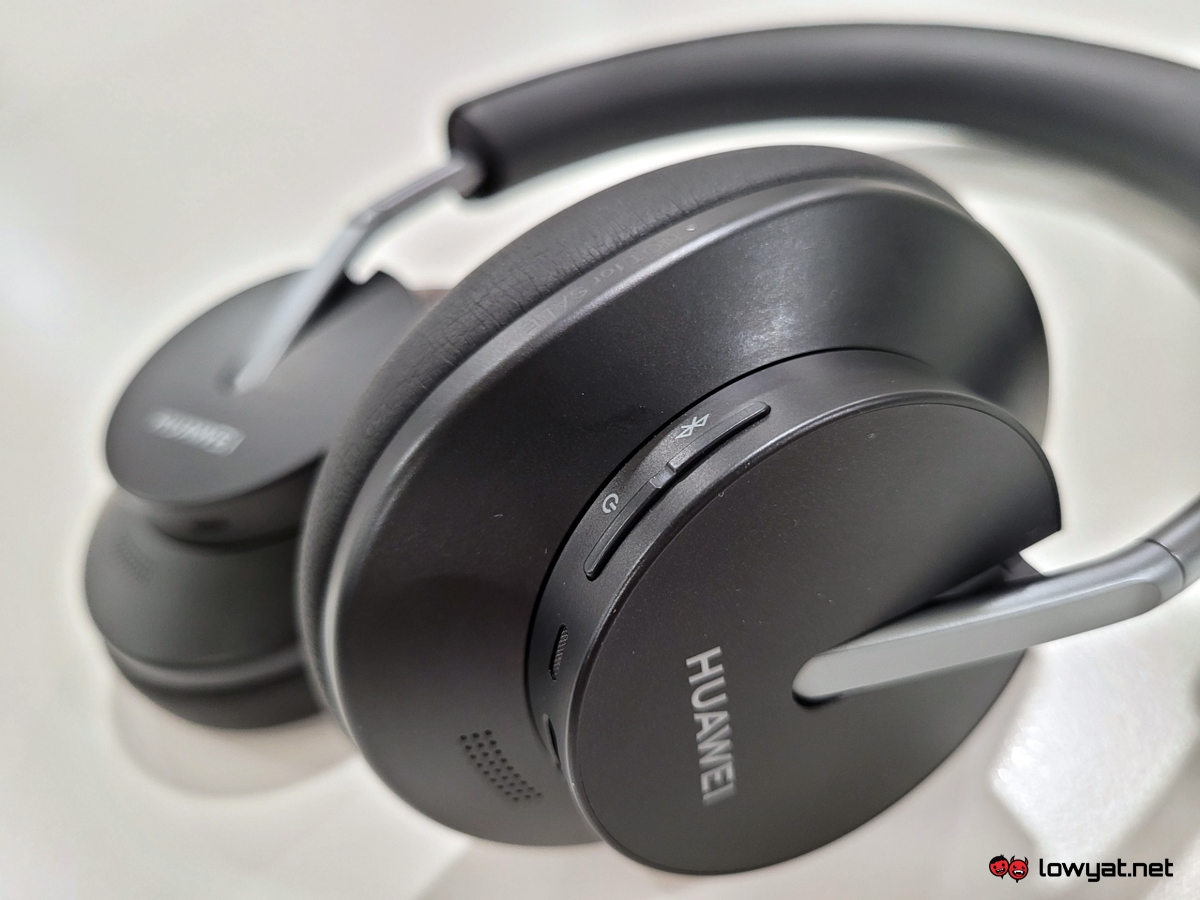
As I mentioned earlier, the FreeBuds Studio is Huawei’s first attempt at producing over-ear headphones, especially with ANC tech. While it is certainly the first of its kind from the brand, this new product is among several other Huawei branded audio devices (mostly earbuds) that are already commercially available.
For starters, let’s look at its design. The Huawei FreeBuds Studio sports a simple yet premium design, with leather earcups and headband pads, as well as stainless steel swivel arms. There are no fancy storage gimmicks such as inward folding earcups to be found on these headphones, although it does come with a sturdy leather case. The headphones that is handed to me for this review sports a black colour with matte finish, which adds to its premium-like feel.
Also simplified are its buttons and interface; where the FreeBuds Studio only features one ANC button on its left ear can, and two buttons, one for Bluetooth pairing and one for power, on its right. Playback and volume controls are touch-based and are only located on the right ear can.
Is It Any Good?
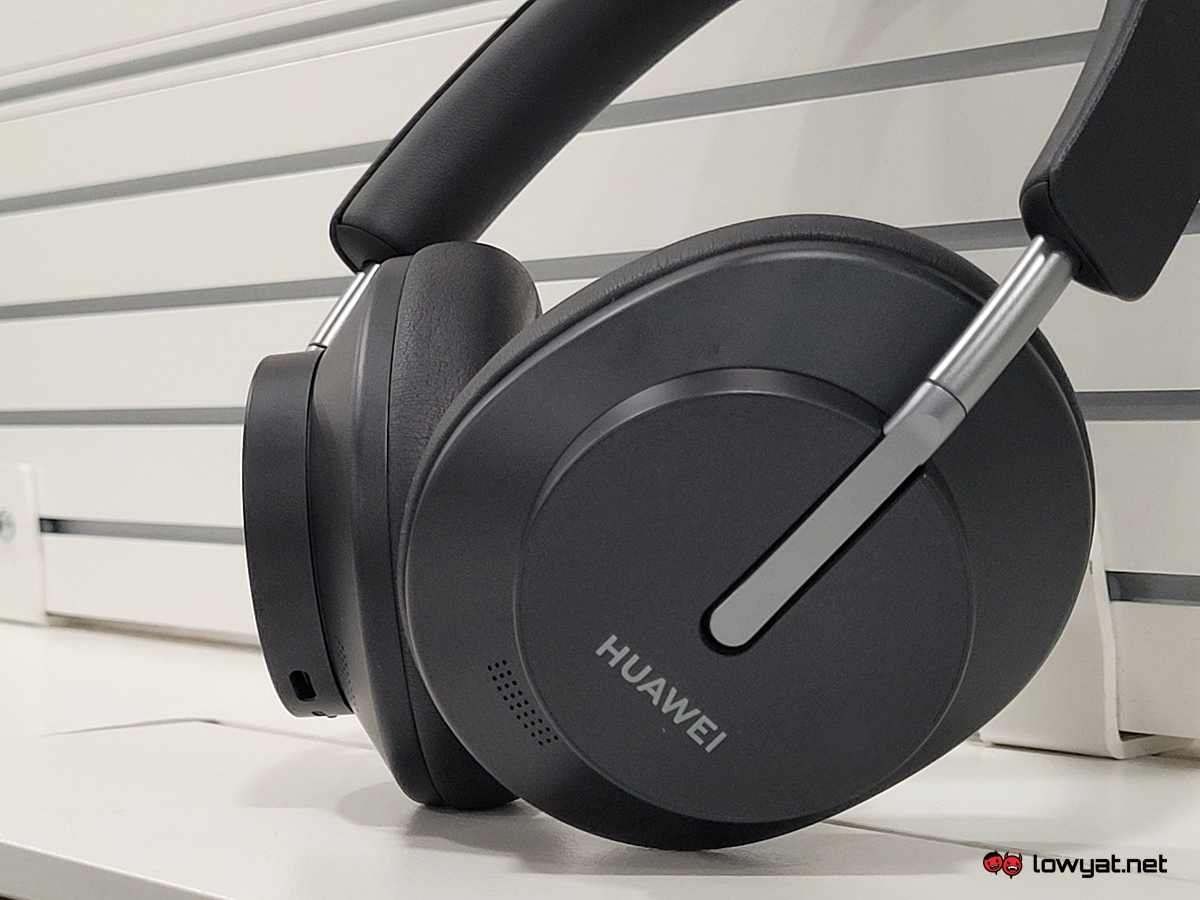
The FreeBuds Studio is pretty comfortable when worn, even after hours of use. The cushioning on the earcups and headband adds to the comfort factor, and its extendable and swivelable arms prevent the headphones’ cans from clamping on your head and ears.
Out of the box, the Huawei over-ear headphones provide decent audio performance without any tweaking required, which is good. Sound clarity and levels such as trebles and mids are definitely above par, providing a pleasant listening experience all around. But when comparing to what Sony or Klipsch devices are offering, it’s safe to say that the FreeBuds Studio still needs a bit of catching up to do. Still, given that this is Huawei’s first try at over-ear wireless headphones, it did pretty well.
Call quality with the Huawei FreeBuds Studio is surprisingly good. Whether I’m on VoLTE, Whatsapp calls or video conferencing, the headphones manage to deliver my voice clearly to my recipients while at the same time filtering environmental noise and wind. And yes, I ask for feedback whenever I make my calls.
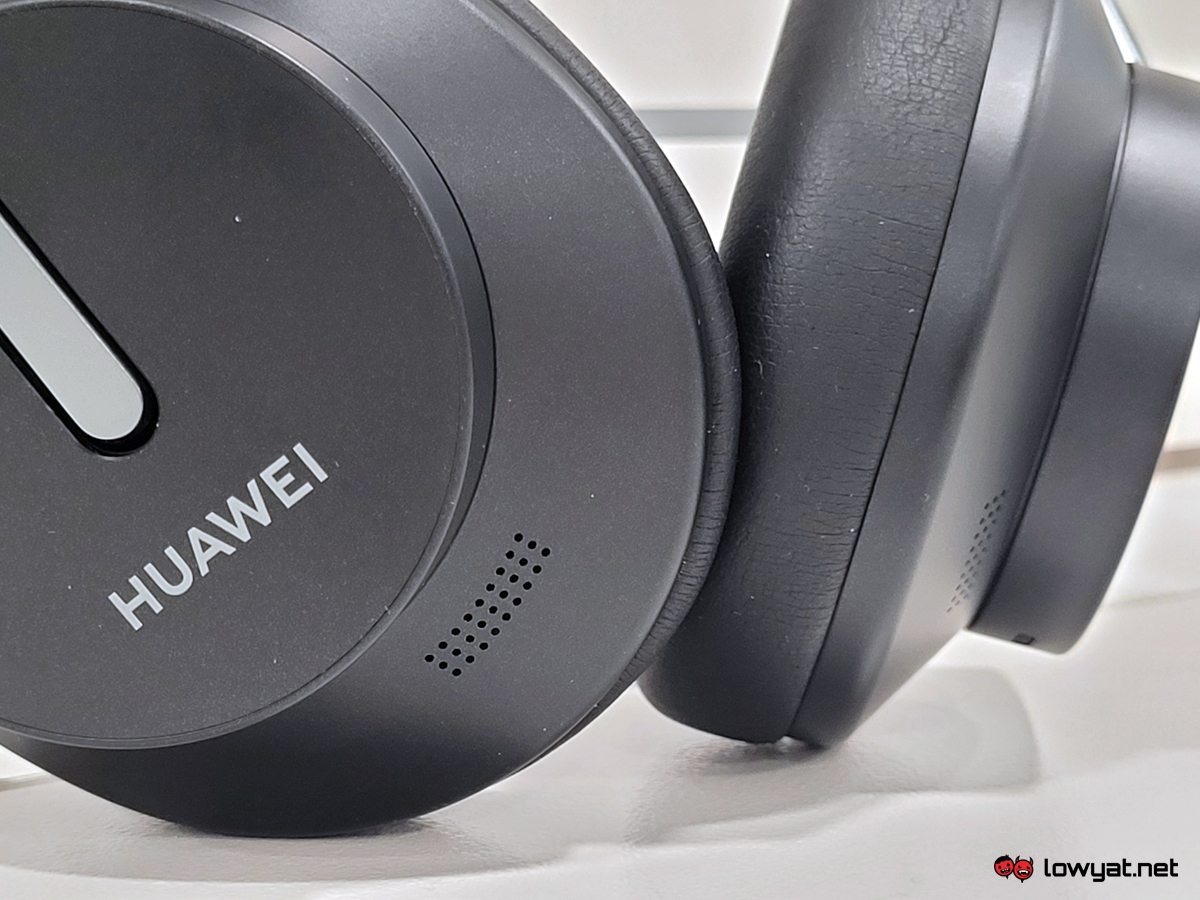
The device’s ANC system is good, but not perfect. There are three settings to choose from via a single tap of its dedicated button: off, medium, and full noise cancellation. The first is self explanatory but uses the built-in mics to let environmental audio in to give you full awareness of your surroundings. Medium enables, well, medium levels of noise cancellation but enough for you to catch any exterior audio such as announcements when you’re on the train. The last option, of course, lets you enjoy your audio playback peacefully by filtering all external audio regardless of your current environment.
The effectiveness of all three modes are noticeable when you have something playing in your track list. Personally, I stick with full ANC mode most of the time in the office or at home, and vary between the other two modes when out and about.
Operations with the touch controls on the FreeBuds Studio are smooth and responsive. Basically, you double tap to play or pause, swipe diagonally in either direction to return or forward tracks in your playlist, and swipe up or down to adjust volume.
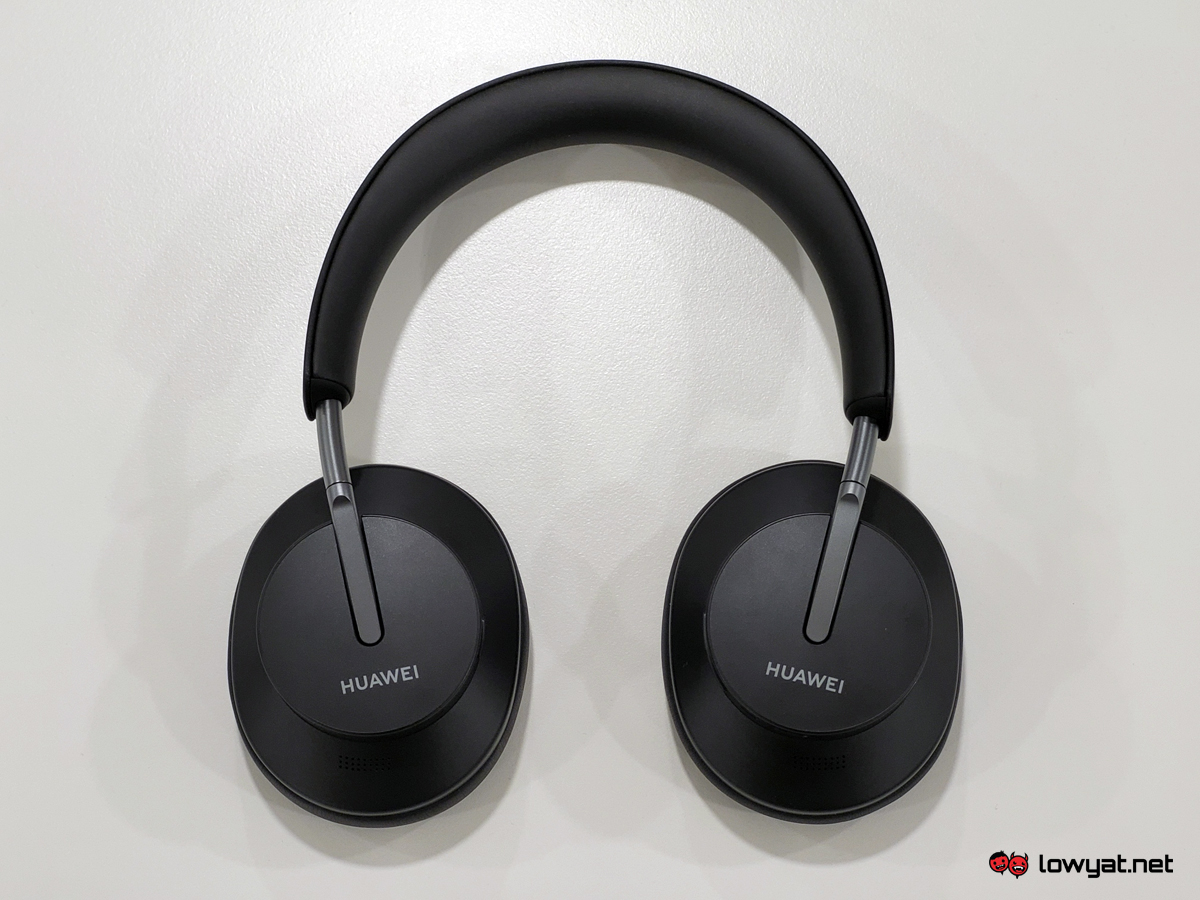
The headphones also have the ability to automatically pause the audio when it detects that it is no longer worn on your head. In turn, putting them on again will immediately continue the track from where you left off. Additionally, pairing the Huawei FreeBuds Studio to a smartphone or other Bluetooth compatible devices are almost instantaneous. Strangely enough, it does not provide you with an audio notification upon successful pairing.
Battery-wise, the Huawei headphones do live up to its claim of long lasting usage. I’ve used it continuously for more than several hours straight with ANC turned on for both music listening and Netflix. Yet it still has enough to keep going for another day or two before a charge is finally required. Just in case you’re wondering, a full charge would take about an hour or so via USB-C with its fast charging support.
The Bad Stuff. Tell Me.
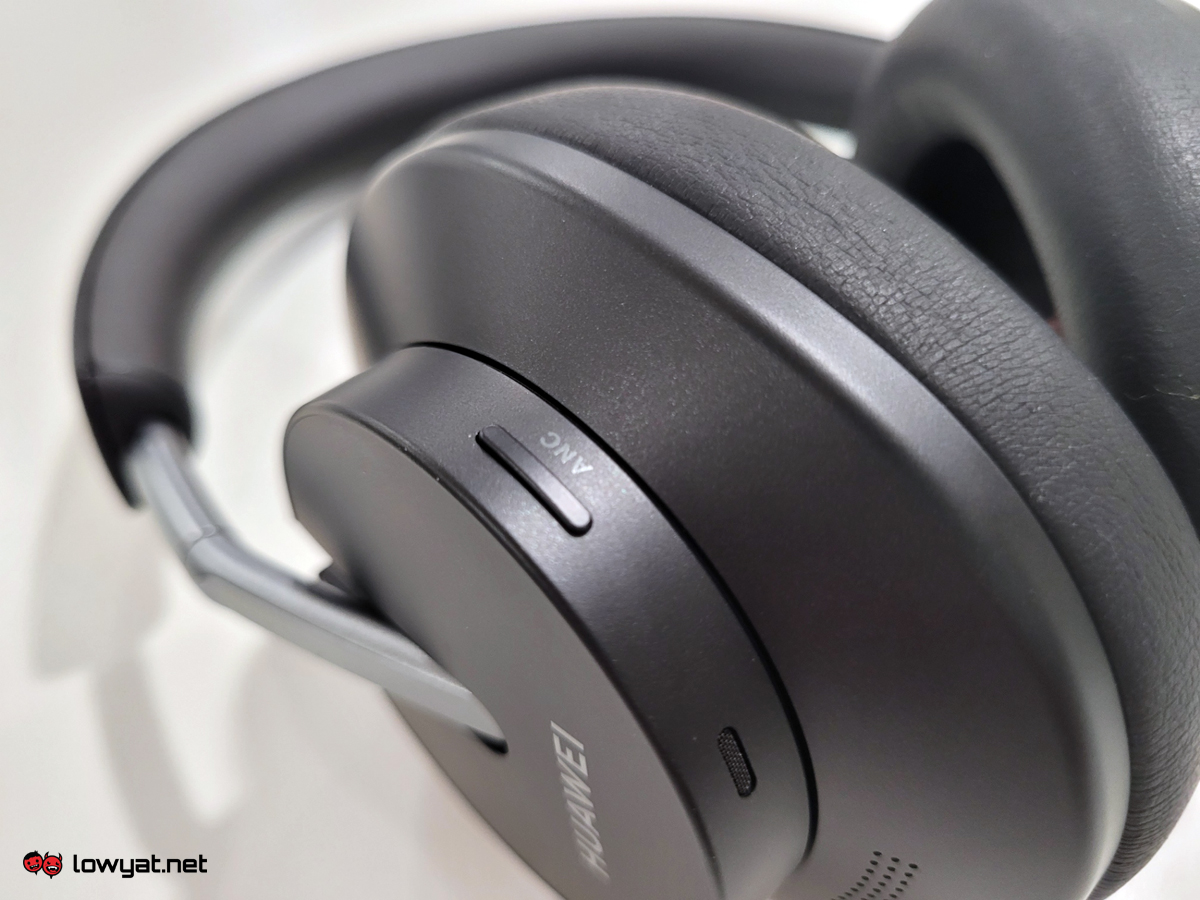
While the audio levels on the FreeBuds Studio are decent, it does actually place a heavy emphasis on bass. Maybe a bit too much. So much so that the bass on most tracks does overwhelm other audio elements, forcing both instruments and vocals to take the back seat. Although, this may be a case of “your mileage may vary” as some do prefer this style of setup. But for me, I like to strike a nice balance for all three levels when I’m tuning in to my favourite music.
Other than that, soundstaging is often a hit or miss. Sound clarity is present, allowing you to differentiate the numerous instruments playing together in a track. However, it lacks a sense of depth, as if everything is played out on a single plane rather than multiple layers.
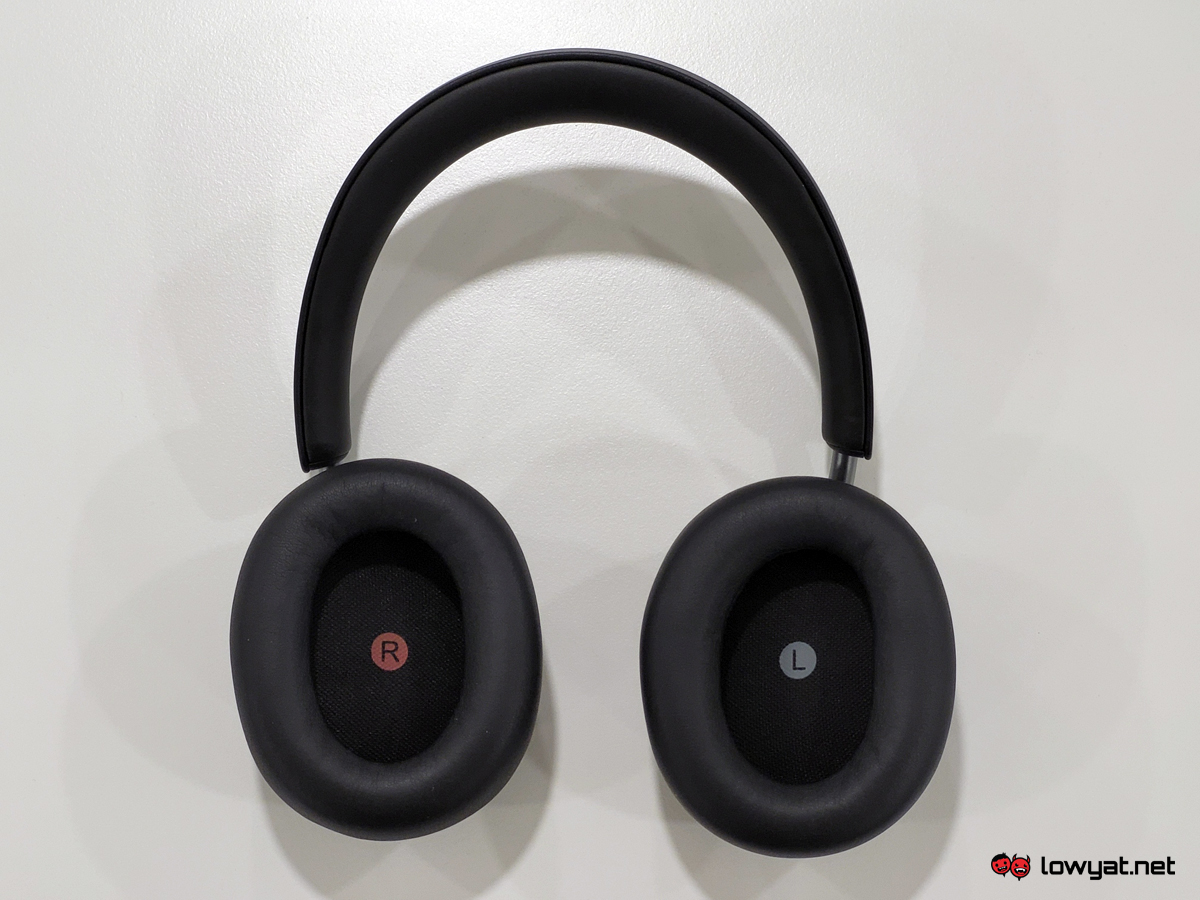
As I mentioned earlier in my review, the FreeBuds Studio’s ANC system isn’t perfect. Sure, it does its job well in most cases but there are times that it fails to adapt to certain environments. Quite often that the ANC would let out hiccups when I’m in the train, especially when encountering a few bumps or when entering or exiting underground parts of the train line. During these instances, the ANC would output a sudden thump before recalibrating its noise filtering. I expected cheap jumpscares from video games and movies – not from the headphones that I’m wearing, Huawei.
The other downside for the FreeBuds Studio is that it is wireless only. So unlike its closest rival, the Sony WH-1000XM4, the Huawei headphones lack any way of connecting itself to a device via wired means. While it isn’t much of an issue for me, there are others out there who would see this as a turn off.
Should I Buy It?
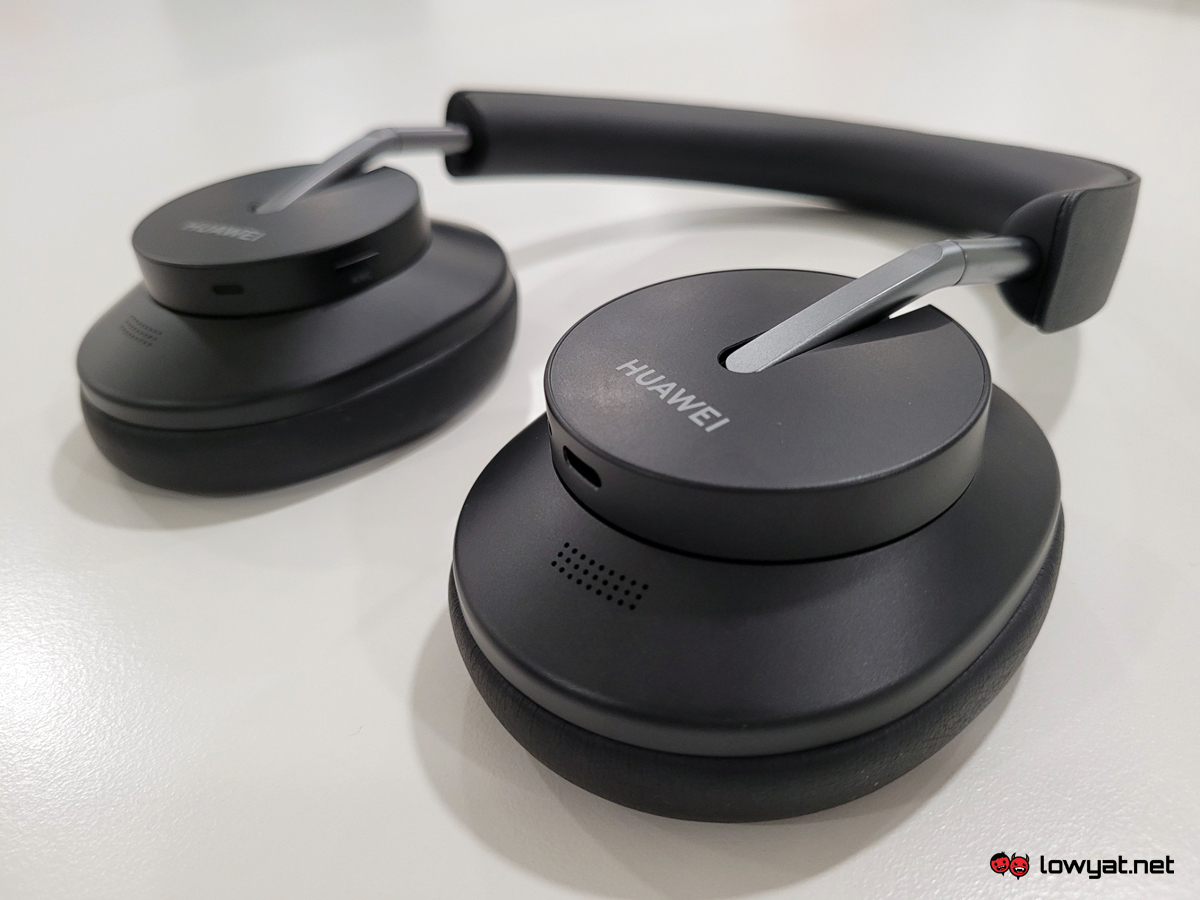
Overall, the Huawei FreeBuds Studio proves that the company is capable of producing audio devices with decent performance. Granted, the product is its first attempt at making over-ear wireless headphones which does require a bit more ironing out. However, whatever flaws present on the current FreeBuds Studio model will hopefully see major improvements in the next generation – should Huawei decide to continue producing these, that is.
The headphones is priced at RM1,199 which is alright for what it has to offer, especially with wireless connectivity, ANC capabilities and touch-based controls in the cards. With that said, the pricing for the Huawei FreeBuds Studio is leaning towards the affordable side when compared to its Sony rival. I would recommend picking these up if you’re looking for a pair of headphones to use along with your mobile device, while at the same time not planning to splurge too much for it.
Follow us on Instagram, Facebook, Twitter or Telegram for more updates and breaking news.


